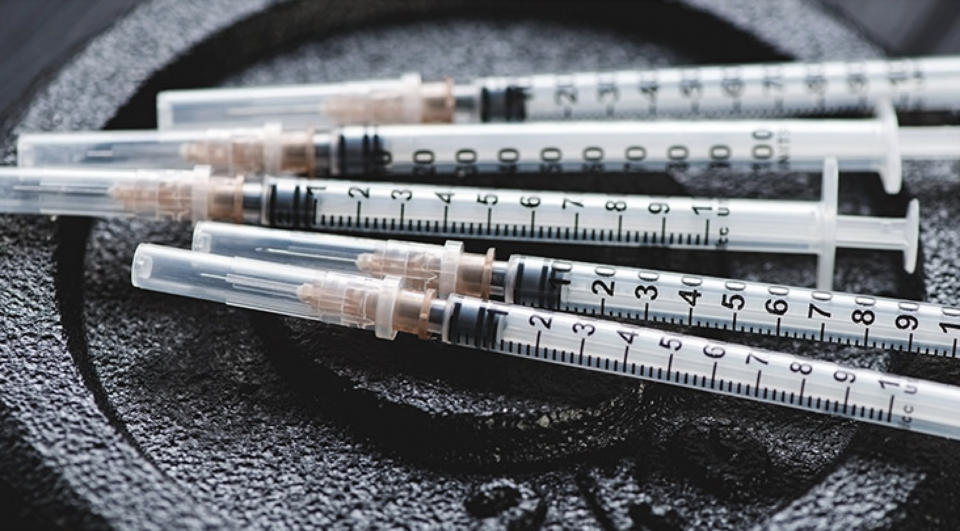Testosterone and other anabolic-androgenic steroids (AAS) are known to be effective but can come with side effects, including decreased fertility. This reduction in fertility can persist even after discontinuation of these substances. Post-cycle therapy (PCT) using various agents and protocols can help restore normal endogenous testosterone production and fertility. However, there hasn’t been much scientific focus on maintaining fertility during AAS use, whether for testosterone replacement therapy (TRT) or abuse of supraphysiological doses of testosterone or other steroids.
To understand the implications, it’s essential to grasp the roles of lutenizing hormone (LH) and follicle-stimulating hormone (FSH) in sperm production. LH stimulates intra-testicular testosterone (ITT) production by binding to the Leydig cells of the testicles, while FSH, by binding to the Sertoli cells of the testicles, enables the production of healthy sperm. Steroids introduce negative feedback in the hypothalamus and pituitary, reducing LH and FSH levels, thereby decreasing sperm and endogenous testosterone production.
Ancillary medications are commonly used in PCT to counteract these effects. These include gonadotropic hormones like Human Chorionic Gonadotropin (hCG) and FSH, as well as antiestrogens such as Selective Estrogen Receptor Modulators (SERMS) and Aromatase Inhibitors. These medications help restore hormonal balance, which can aid in fertility recovery after AAS use.
When using AAS without ancillary medications, studies show that testosterone enanthate can drastically reduce sperm counts. However, this method was approximately 98 to 99% effective at preventing pregnancy, similar to hormonally-based contraceptive methods for women. After discontinuation of testosterone, most individuals using AAS recover to a “normal” level of sperm production within 4-6 months post-use, although some may take up to 2-3 years, and a minority may never recover.
In contrast, using ancillary medications alongside AAS, particularly hCG and clomiphene, has been shown to help maintain sperm production, increase the chances of conception, and reduce the number of morphologically abnormal sperm. However, the effectiveness may vary depending on the dosage and duration of AAS use. It’s important to note that some individuals, especially those on long-term TRT or AAS, may never fully recover baseline fertility, particularly if they don’t use ancillary medications during their course of treatment.

